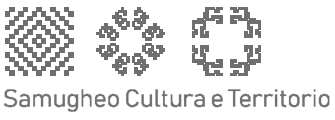Artisan Weaving in Samugheo
As an expert once remarked:
“Weaving, along with fire, was one of the early discoveries of humankind which distinguished them from the other animals (…) first, it was simply animal skins, then skins stitched together with needles to adapt to and cover the body more like a second skin (…) and finally passing from the hunter-gatherer lifestyle to the sedentary agricultural lifestyle (…), with plants and animals now freely available, humans began to weave plant fibres together, making the first mats to cover the bare floors in their huts or to close the their entrances. The passage from matting to cloth must have been the next step”
The weaving and use of textiles, since it is such a distinguishing feature of humankind, is the element linking the many different cultures and societies that have followed one another over the course of time.
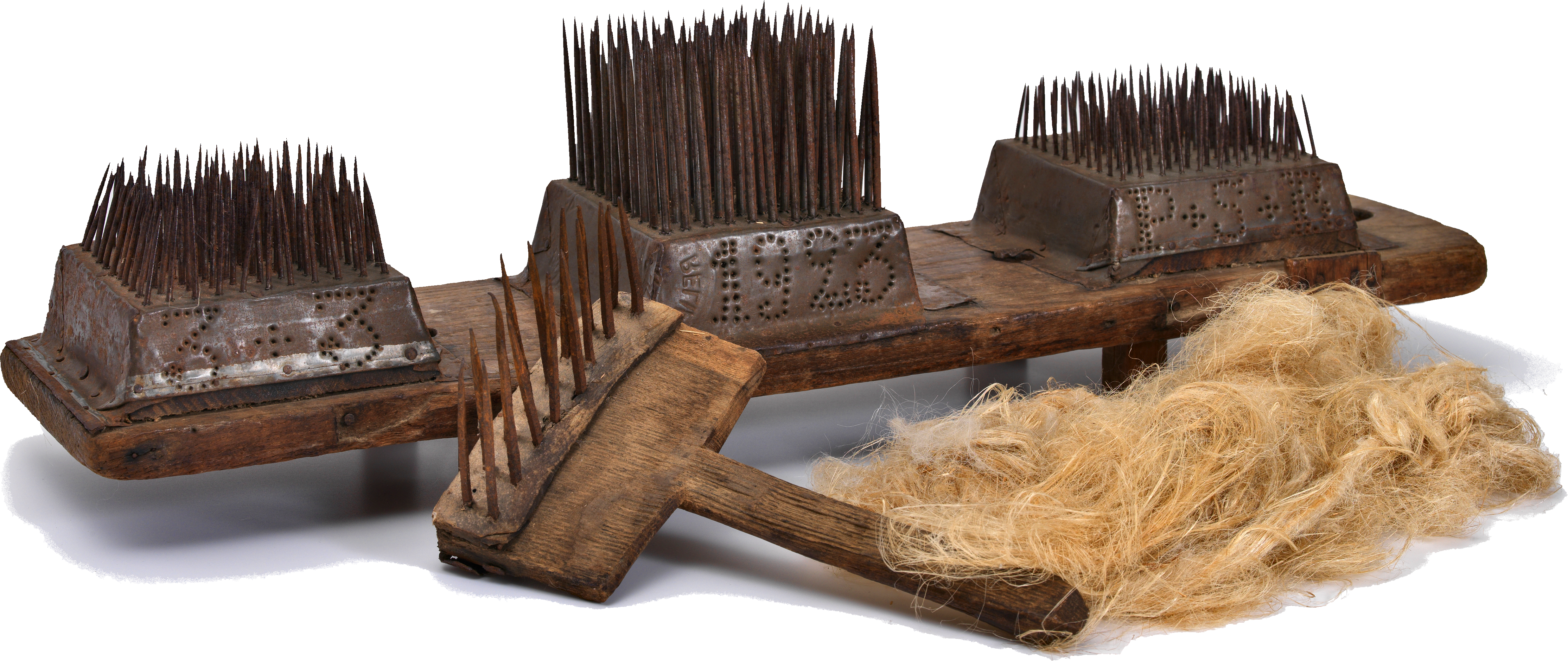
The Origins
The question we should be asking is not some much why Samugheo too but rather, why, out of all of Sardinia, it was only in Samugheo that the art of weaving became so deeply rooted leading to such particular developments. A rhetorical question which is impossible to answer. Vertical loom weaving was widespread throughout Sardinia as early as the pre-nuragic and nuragic ages, as can be seen by the warp weights found all over the area, including near Samugheo, where spindles as well as weights have been brought to light.
Weaving Tradition
In more recent history, weaving for personal use was, in Sardinia as in many other places, an extremely important part of the feudal economy, and one performed for the most part, by women. Mothers taught their daughters to spin and weave, while the art of dyeing the fibres and the secret behind the decorative patterns were often valued as genuine family property. Daughters, after learning the art, soon began to put it into practice, making their dowries for a future marriage. These included blankets, sheets, towels, coffin covers, work aprons, napkins for bread, shirt cloth and also a knapsack to give to their future husband.
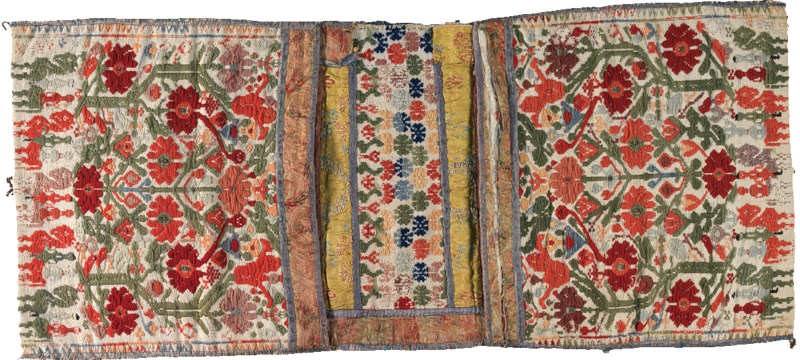
Tradition becomes Trade
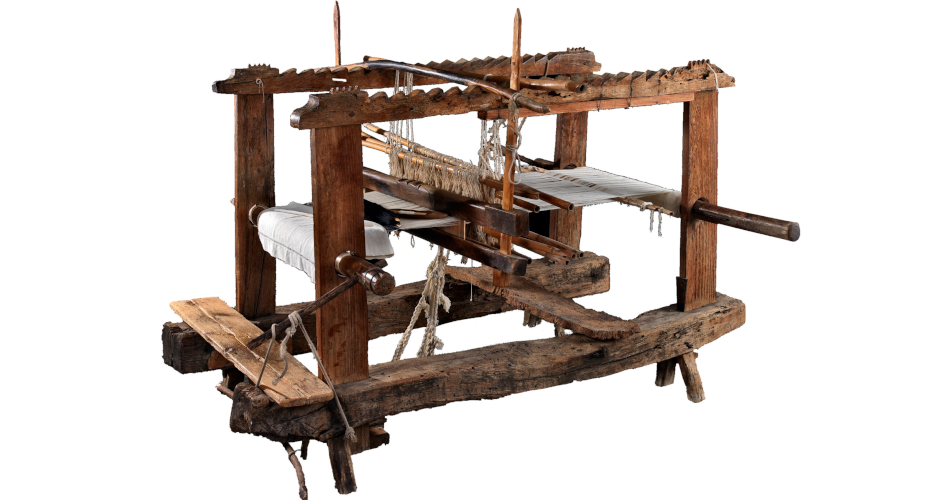
Angius tells us that in Samugheo, even in the mid-19th century, weaving was done on a horizontal frame, not just for family requirements but also for the market, and he attributes this to the hard work of the town’s inhabitants. The vast amount of available raw materials must also have had some influence, seeing that there was no real shortage of sheep for wool or of water to macerate linen stems.
What we do know is that between the 1950s and 1960s, Samugheo was a flourishing centre for textile manufacture, to the great benefit of the local economy. The techniques used were the same as in the rest of Sardinia, but in Samugheo, they also used the older method of un’in dente, with established variations including grained a pibiones, created from loops projecting from the backing cloth and using a metal rod. The group of raised knots that were formed would create the decorative design of the item and at the same time, strengthen the fabric, ensuring greater resistance to wear. This marked the start of a style that even today, is what springs to many people’s minds when Sardinian weaving is mentioned.
Artisan Weaving in Samugheo Today
Since then the woven textiles from Samugheo have had excellent success in the marketplace, to the extent that artisanal weaving has become the driving force of the local economy. Currently, the items in most demand are – besides rugs, bags, table linens, sheets and towels – curtains, bedroom coordinates, lamps, wall hangings, rugs, centrepieces for tables, and tapestries.
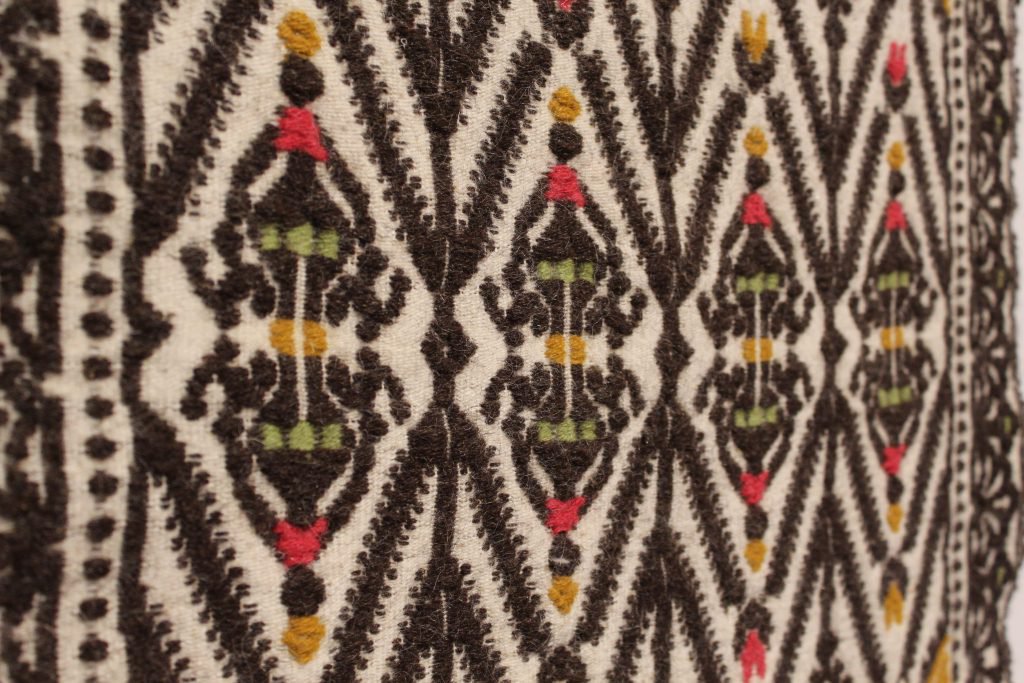
Il MURATS
The need to protect and to make best use of traditional designs and the most original and rare items, as well as to be able to display them in a suitable structure, led to the creation of the M.U.R.A.T.S. (Museum of Textile Arts in Sardinia).
Fotografie di Ludovico Mura
